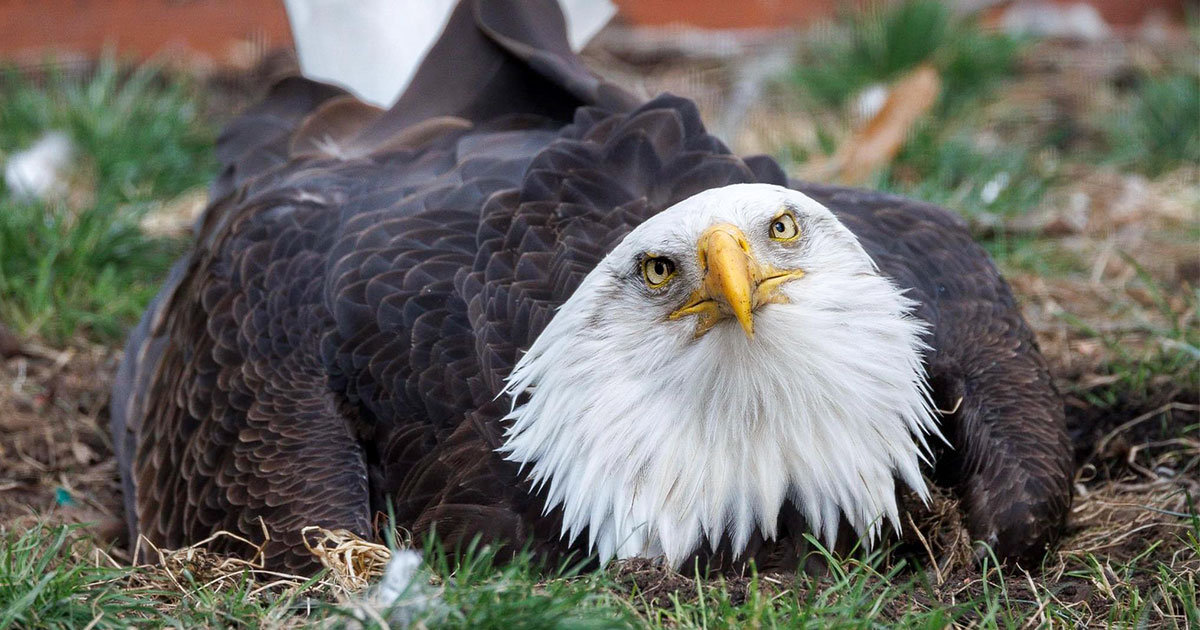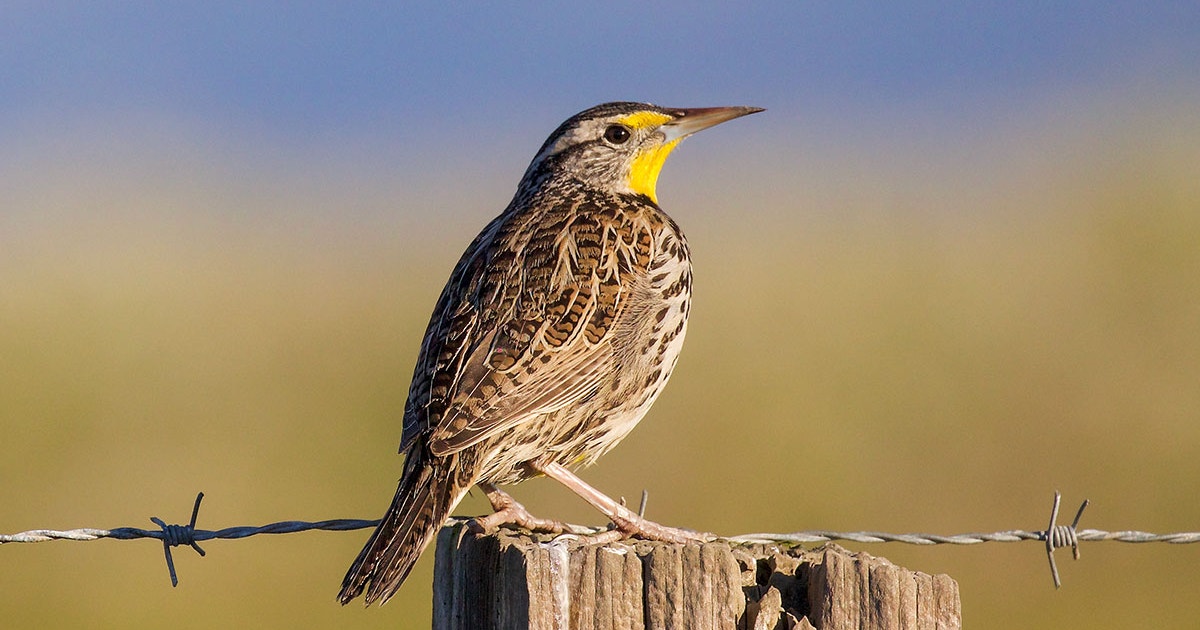Last spring, the internet went wild for a male Bald Eagle who incubated a rock. The bird, named Murphy, is a permanent resident of a rehabilitation center in Missouri. Earlier in the year, the raptor had raised eyebrows by building a nest on the ground of his outdoor enclosure, but soon after that he did something even more surprising: He found a smooth beige stone to sit on. For the next three weeks, Murphy became increasingly protective of his rock—aggressively defending it like a real egg—until staff at the sanctuary swapped the stone with a rescued eaglet, which Murphy then promptly took under his wing.
Murphy’s antics delighted his many online followers, but his seemingly odd behavior was an example of a quirky phenomenon in the avian world. Scientists have long documented gulls sitting on pebbles, geese coddling golf balls, and even shorebirds tending to round(ish) bones—objects that experts refer to as pseudo-eggs. But so far, researchers have yet to reach a satisfying answer for why birds incubate objects that are not their own eggs.
The existence of pseudo-eggs was first documented in the scientific literature in the early to mid-1900s. Scientists kept finding items in nests that didn’t belong, ranging from rocks and bones to eggs from other species. The behavior was especially well-documented in ground-nesting birds. Terns, for instance, sometimes had smooth stones in their nests on the beach. Gulls were often seen with duck or pheasant eggs, large shells, or pieces of driftwood. Shorebirds and geese, meanwhile, were observed rolling eggs and egg-like objects near or into their nests, an act researchers call egg retrieval.
Over the past several decades, scientists have come up with various theories to explain pseudo-eggs, but most only address certain scenarios. The incubation-stimulus hypothesis proposes that stones and other foreign objects may induce terns and gulls to incubate more attentively because researchers found that they had better hatching success with three eggs rather than two. There’s also the mistaken-food hypothesis, which posits that predatory birds like gulls confuse eggs of other species for their own after eating and regurgitating them near their nests. Or it may be the case that some birds are just young and inexperienced, unsure of what they’re supposed to be incubating in the first place.
The theory that has garnered the most interest, however, is the mistaken-egg hypothesis: Perhaps birds just aren’t that good at separating their own eggs from other similar eggs and objects. It’s the idea that birds don’t have a perfectly dialed mechanism “to actually recognize the egg, and distinguish the eggs from objects,” says David Ocampo, an evolutionary biologist at Princeton University.
Research has shown that birds do use certain cues to distinguish between eggs and other objects, but it’s unclear how foolproof their instincts are. Mark Hauber, a professor at the City University of New York, studies why American Robins, a frequent target of brood parasitism by Brown-headed Cowbirds, reject cowbird eggs but not their own. In his research, he has found that robins can use visual indicators like color to tell if something is off. Robin eggs are bright blue, so anything that falls outside that color scheme is typically thrown out. Hauber adds that birds will also reject eggs that are too small or large, since small eggs might indicate that a chick might be too weak to survive. Shape is a factor as well. Robins tend to see flatter, more angular objects as not eggs, according to a recent study by Hauber, where he and his colleagues 3D-printed eggs of various shapes and angles and placed them in nests.
In other words, when in doubt, don’t throw it out.
But the closer an object gets to resembling an egg of a certain species, the harder it is for a bird to discern the difference. The threshold where the bird ends up rejecting the egg is blurry, says Hauber. And often, pseudo-eggs do look a lot like real eggs. Ocampo cites nightjars with brownish acorns and terns with snail shells as two examples of objects that look deceivingly similar to the actual eggs.
As to why birds might opt to gather and incubate pseudo-eggs, scientists think it could be related to how much energy gets invested in these packets of life. If birds are overly skeptical and reject objects too readily, they might fail to raise a new generation of chicks. “So if there’s an egg-shaped object in a nest, the rule of thumb” should be to incubate it, says Hauber. In other words, when in doubt, don’t throw it out.
“It’s better safe than sorry,” agrees Lillie Langlois, a biologist at Clemson University who stumbled across a Long-billed Dowitcher nest full of large vertebrae in 2011. She adds that hormones could also push a bird to incubate any round object during the breeding season. People underestimate how strong hormones are in these time periods, she says. For instance, male Pectoral Sandpipers will rarely eat and sleep for three weeks during the breeding season, Langlois says. “All they care about is maintaining their territory and copulating with females,” she says, so it’s likely that urge will also translate to nesting.
Examples of pseudo-eggs seem to be endless, and the list continues to grow. A Common Loon with two rocks in 2011. Albatrosses with orbs of vegetation in 2015. A captive condor with a skull in 2020. “We are still just reporting these cases without much insight into what is happening,” says Ocampo. “There’s still a lot to learn about this natural and interesting and rare phenomenon in birdlife.”



